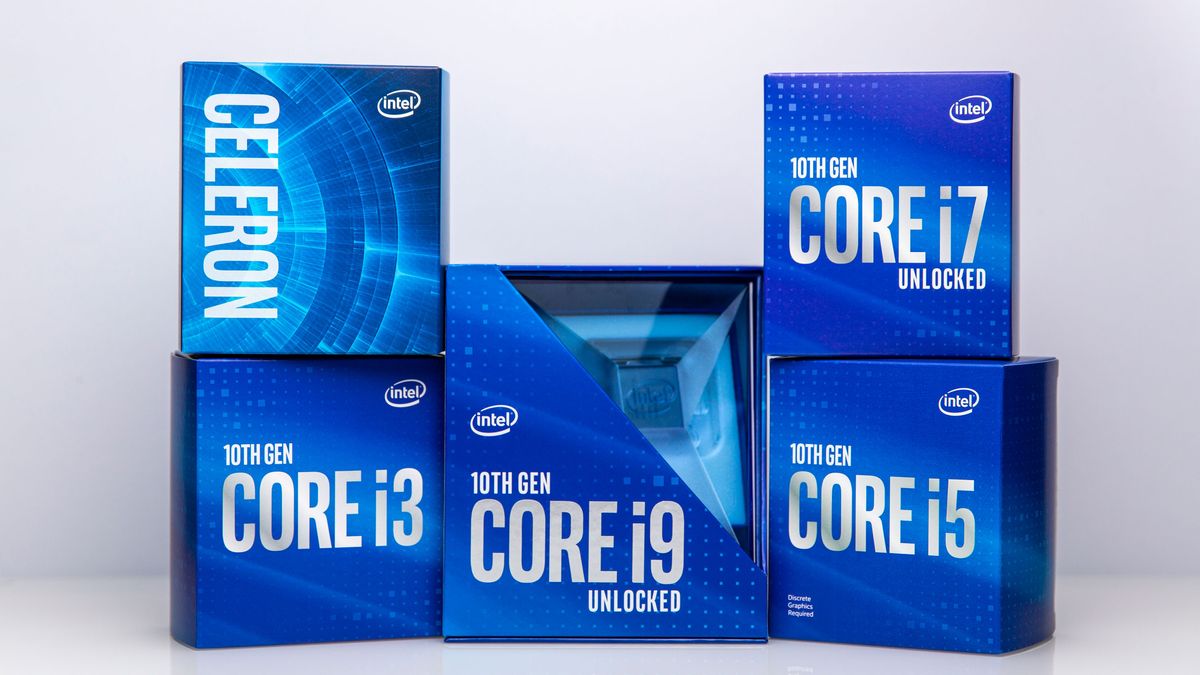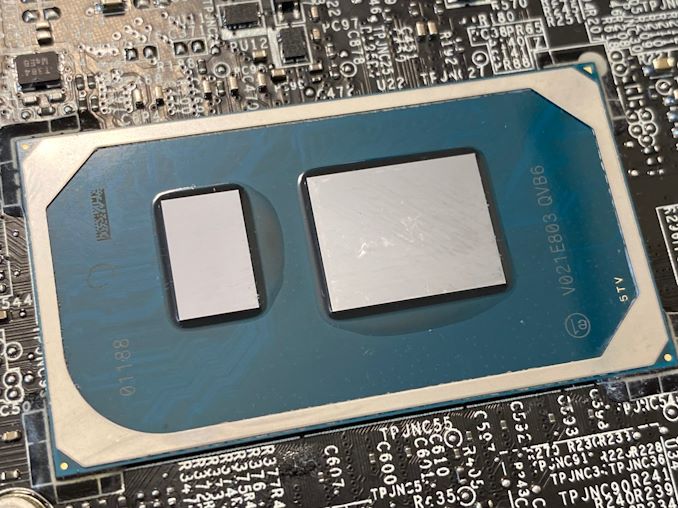I was surprised, after I read in the recent review, that if you place Intel CPU in the out of the box motherboard, it will draw over 200W instead of advertised 65W.
I have a fresh experience with three different CPUs from the new AMD 5000 series, out of the box they run at their advertised power draw of 105W. I placed them all in one motherboard so I do not know if this is not specific just to my motherboard.
So is it now a general fact across more motherboard manufacturers, that if you put Intel CPU in OUT OF THE BOX (default BIOS settings not changed by user) motherboard, it will draw much more than advertised power, and if you put AMD processor in out of the box MB, it will run at specified power draw?
I have a fresh experience with three different CPUs from the new AMD 5000 series, out of the box they run at their advertised power draw of 105W. I placed them all in one motherboard so I do not know if this is not specific just to my motherboard.
So is it now a general fact across more motherboard manufacturers, that if you put Intel CPU in OUT OF THE BOX (default BIOS settings not changed by user) motherboard, it will draw much more than advertised power, and if you put AMD processor in out of the box MB, it will run at specified power draw?
Last edited:







